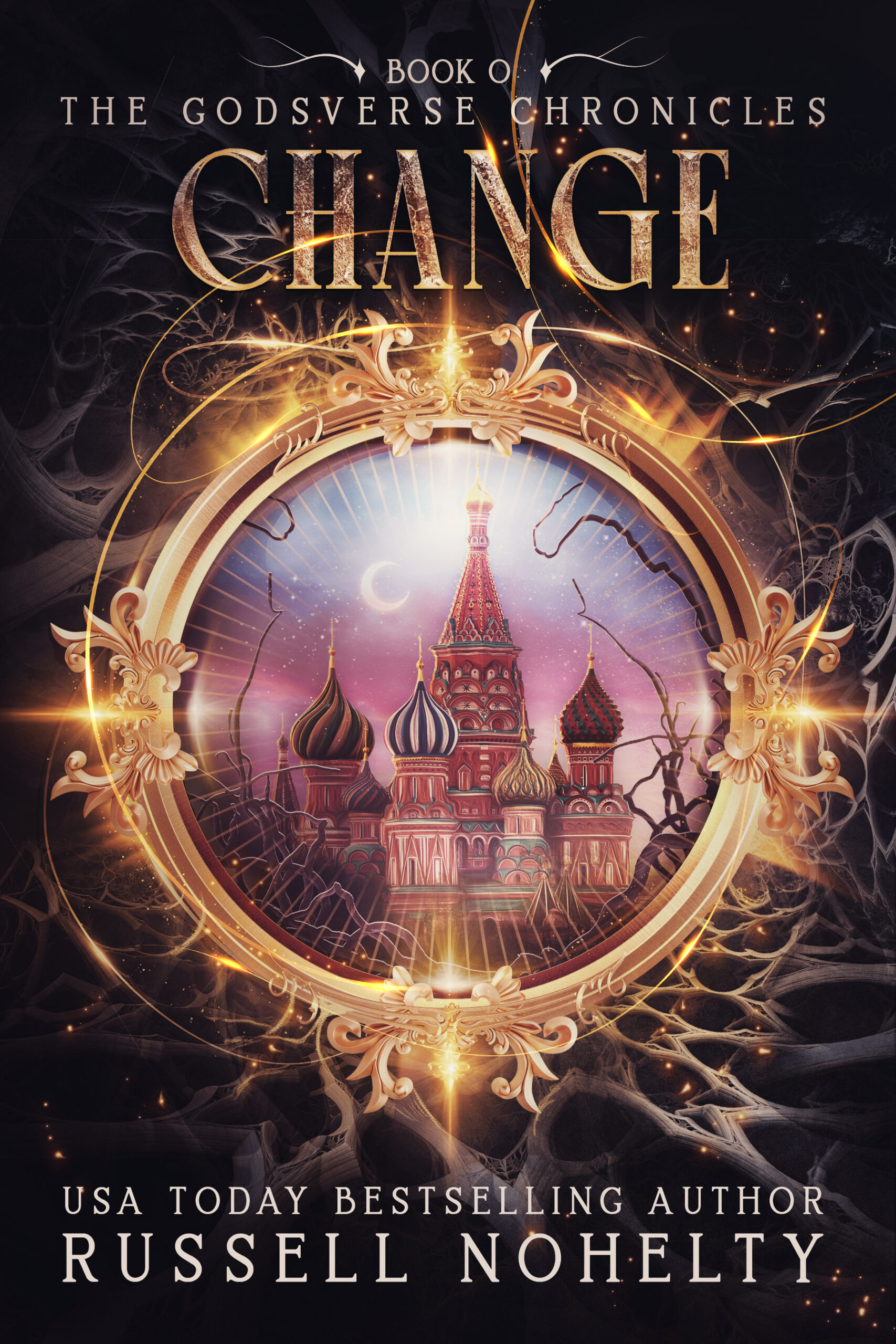This price increase alone could account for all of the variation in average pledges and explain how 46% of people could back the GWS campaign, and yet it could make 140% of SP.
Some creators race to the bottom when it comes to pricing, and while it works in some cases (See Alterna’s newsprint line for a beautiful example), I have decided to go the other way, and recommend most creators do so as well, for the same reasons that played out with Spike’s campaigns.
The thing is, most of us are going to be selling our books to a small audience of people, without the support of a publisher, and that means we have to maximize every sale, and making pricing incredibly important to our lives.
When you make a premium product by pricing it higher, you can sell it to a smaller, niche audience, and make more money on them.
Since comics are a niche audience, this has always seemed like the most likely and lucrative way to survive for the indie creator.
That being said, You cannot just up the price of a product and hope it will succeed. There are market factors at play which drive books prices down. In order to overcome them, you have to do things like make a book hardcover, oversized, or create some other way to craft a premium experience your customer will be willing to pay more to own.
Basically, you give customers a reason to spend more money on your book. If you can do that, then you need fewer people to buy your product to break even, and the math becomes much easier to manage.
Monsters and Other Scary Shit was a 224-page hardcover anthology with a price point of $40. We used a high-quality art gloss paper and made the eyes glow in the dark to make it feel like a premium product, and it became our most successful campaign ever, raising $27,620 with an average pledge of $50.
With the Pixie Dust campaign, our average pledge is $40 because our price is $35. That simple change of $5 dropped the average pledge by $10. However, this is still $10 higher than the $30 average back of our previous campaigns.
I don’t think Spike could have just charged $75 for just any project either, but GWS is an established brand with a big audience, and that allowed Iron Circus to create a premium product at a premium price, and produce their most successful campaign ever.
If you are looking to make more money in the next year, explore how to make your products worth more money, so people will pay more for them.
What do you think? How do you price your own products?


